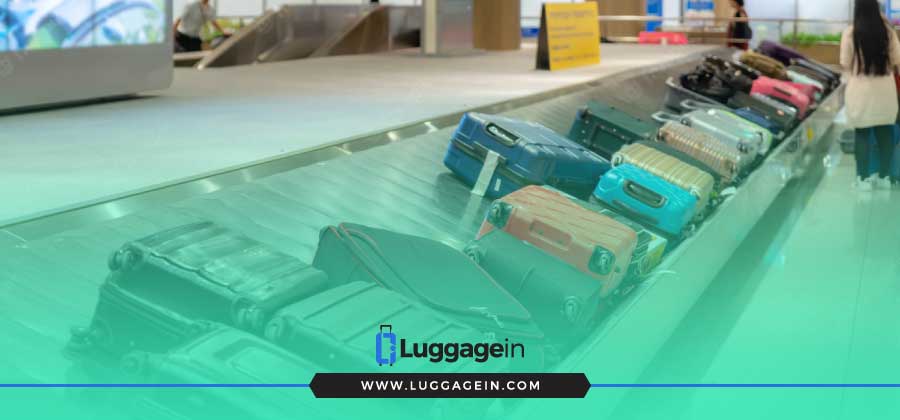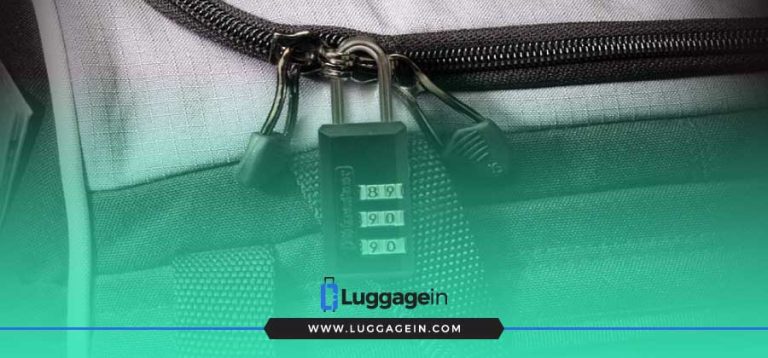Find out Where Does Luggage Go on a Plane
Traveling with luggage can be stressful. But thankfully, the folks behind the luggage-moving system make that part easier. With their invention, luggage doesn’t have to be moved around manually. The approach is straightforward. The airline staff is responsible for moving the bag from the check-in area to the departure gate. After arriving at the gate, the team takes the load to the other plane for a transfer flight. Once the bag comes, the staff takes it to the arrival gate and puts it on a conveyor belt for the passengers to pick up. This method of travel is highly efficient and eliminates all the manual labor involved.
If you’re wondering where does luggage go on a plane, this will show you how to pack your belongings to maximize space, minimize stress, and keep you organized. Most people try to pack orderly, but there’s no point in doing that. The purpose of a packing list is to keep you organized and ensure you don’t forget anything.
This article explains where luggage goes on a plane, how it gets there, and what happens when it arrives at the destination.
Where Does Luggage Go on a Plane – The Secret Life of Baggage

If you are traveling on a plane, you probably have seen people struggling to find their luggage, or worse, their luggage is lost. If you are one of those who has lost your luggage, this article will help you understand where your luggage goes on a plane, how to find it and what to do if you lose it.
At an airport, baggage handling is typically handled according to International Air Transport Association (IATA) Guidelines.
1. Baggage at Departure: When taking a Flight
2. Baggage at Arrival: When arriving at your Destination
3. Baggage at Connecting Flight: When you are in Transit and have a Connecting Flight
Baggage at Departure: When taking a Flight
The traveler leaves their luggage at the check-in counter. Along with printing the passenger’s boarding card, the bag is also given a license plate number. Details on the bag’s origin and destination, the passenger, the aircraft, the bag’s security status, and so on are included in this LPN. The bag is moved physically or by a conveyor system to a non-public location, only for heavy and out of baggage gauge. The bag is scanned using an X-ray machine to look for dangers, including radioactive material, explosives, and illegal substances.
The operator gets the generated X-ray image for verification. The operator’s choice is more important than the machine’s choice. There must be a separation of threats and clear bags at this time. There are several sorting tools used to accomplish this. Clear bags have been organized into flights that have been transported, gathered, and physically placed into the plane. A second X-ray machine looks at threat bags to identify dangers, then handles them according to their seriousness.
Baggage at Arrival: When arriving at your Destination
The luggage is unloaded from the aircraft and delivered to the operations area. After that, it is put into a conveyor belt. An X-ray machine scans the bag for identification. After the bag has been delivered, travelers pick up their bags at the airport’s baggage claim area.
Baggage at Connecting Flight
The bag is brought to the operations area from the aircraft. The luggage is loaded onto the different planes by the departure baggage system. The passenger can only claim his suitcase at the final Destination. In the event of a no-show at the gate, the passenger and luggage are removed from the plane, and the plane leaves without them.
Conclusion
In conclusion, A common misconception when traveling is that airline luggage goes to the cargo hold, but it is routed to the cargo hold at the airport. It is then brought to the aircraft via an airplane hanger and loaded into the plane through the cargo door. The actual loading of bags onto the aircraft begins in the airport’s cargo area. Afterward, the bags are stored in a designated location until passengers need them. Once they reach the gate, the crew members bring the bags to the passenger cabin.
Frequently Asked Questions
Where is the luggage stored on a plane?
Luggage storage on planes is usually done in the overhead compartments of the aircraft, and in most cases, this area is located towards the front of the plane. However, you can also opt for the under-seat bins underneath the seat in front of you. These bins usually have enough space for your laptop and smaller luggage items.
Where does your checked luggage go?
Your checked luggage will usually go to your destination airport, depending on your flight. However, depending on your airline, it could go to a different place. Sometimes, the airline will handle your luggage differently, depending on the weather conditions and the airport where you arrive. So make sure to read the instructions on your airline’s website.
How does luggage get put on a plane?
Luggage gets loaded onto a plane through a conveyor belt, and a team of baggage handlers carries the bags to the airplane. Each bag is tagged with a bar code, and when they reach the plane, the bar code is scanned, and the baggage is sorted accordingly.
Does luggage go on the same plane?
Luggage usually goes on the same plane. However, some airlines may allow you to bring your bag onto the plane. Ensure that the airline allows this so you can travel with your luggage.






